Wait. What? Did he just say philosophical wank? Yes, exactly.
One of my colleagues, who we shall call Franko for now, came up with the term during one of our meetings. His decidedly British remark can be translated in any number of other ways; philosophical jargon, nonsense, patois, you name it. Our last team offsite was so fruitful, Franko had said, and we had to make sure our next one was going to be even better. The key was not to get sidetracked by the nonsense.
At Circles we work as a distributed team. It makes us understand the value of spending time together, and the fact that face time is essential for us to have a productive and successful team dynamic.
But what are the challenges virtual teams have to deal with? And how can face-to-face get-togethers help a team overcome those challenges? Here, I’ll discuss these questions, as well as offering up some of my own experience working as part of a virtual team at Circles.
1 – The challenges of working as a distributed/virtual team
The dynamics within a distributed or remote team are very surprisingly different when compared to a team that meets in an office on a daily basis. It’s hard to imagine until you’ve made the jump yourself. While having a remote team has many advantages, you will also be challenged to overcome the lack of proper communication that leads to decision making in a traditional office setting. More specifically, working around different time zones, dealing with different cultures and/or languages, and a lack of water cooler conversations are just a few more examples of things that can leave you feeling a little directionless when you first begin.
To overcome these challenges, we need to understand the importance of establishing trust and identity within a team, and solving the problems related to these factors, which are categorized as being technical and organizational (Kimble, 2011). Technical problems occur because, “relying solely on online communication tends to inhibit participation and the creation of trust and the sense of mutual responsibility that characterizes teamwork”. These problems can be solved by finding the right tools to support the needs of a virtual team. On the flipside, organizational problems are “fundamentally rooted in the ways in which people work and are managed”. These problems are solved by finding the right organizational fit or employee characteristics, culture and leadership.
As many authors have already discussed the solutions for overcoming these problems in detail, I’m not going to discuss all of them here. Instead, I will focus on one solution, regular face-to-face meetings for virtual teams, and will illustrate this using what we do at Circles as an example.
2 – The advantages of meeting face to face
So let’s assume you are part of a virtual team. You are using the right tools to facilitate proper communication, you have clear values and norms, great leadership, a good team atmosphere.. Basically a well functioning team without any problems. In this scenario, is it still necessary to meet face to face with your colleagues every once in awhile? YES.
Here are some reasons from a trusted source..
Dr. Joseph Mercola (2005) has looked extensively at the underlying reasons why we should always have face-to-face meetings:
In-person meetings allow your brain to synchronize with others
Real life interaction triggers the inclusion of “multimodal sensory information”. This includes nonverbal cues (facial expressions, gestures, etc.) and ‘turn taking behaviors’, which play a large role in our social interactions and reflect the level at which a person is involved in any given interaction. It was found that only during face-to-face meetings, are these “neural synchronizations” established. In other words, a great part of the way we communicate is nonverbal, and though conferencing tech is coming on in leaps and bounds, video calls are still somewhat limited in transmitting the nuances of this type of communication from one side of the globe to the other.
Source & extra reading: Neural Synchronization during Face-to-Face Communication.
Face-to-face meetings work better when creativity is needed
Various studies have found a relationship between established trust within a team, and creative output. When feeling comfortable, team members are more likely to speak up, bring forward new ideas, or think and discuss outside-of-the-box ideas they would have feared having shot down otherwise. More in-person meetings leads to more trust, which subsequently leads to more creativity.
Google give a great example, cited by Newsweek’s Geoff Colvin (link below). The search giant invite employees to have free gourmet lunches at the company’s cafeterias. By doing this, Google is encouraging its employees to meet (new) colleagues, build trust, and stimulate creativity. They even measured the optimal queue waiting time for encouraging people to interact (it’s four minutes).
Source & extra reading: The creative power of meeting eyeball to eyeball
Source & extra reading: Measuring social capital in creative teams through sociometric sensors
So, physical proximity positively impacts collaboration, communication and decision making. The two factors mentioned above ensure team members feel part of their team, that they will help new hires ‘understand’ and clarify their position in the team. All of this boosts team morale and productivity while helping generate new ideas from within the team.
It’s great to know research is proving we need to keep seeing each other’s faces. But how often should we do so?
3 – Deciding on the right amount of face-to-face time
We’ve had a look at why it’s important to have face-to-face meetings when working in a virtual team. But what determines the right amount of f2f meetings? And what other team or company characteristics influence the necessity or frequency of face-to-face meetings?
Unfortunately there is not much research yet on this topic, so answering these questions with hard data is difficult. However, companies by their very nature are centers for diverse working dynamics, personality types and cultures. Different teams, as well as the people within these teams, will have different capacities for adapting to remote work. So, while some virtual teams will need no, or very little, face-to-face time, other teams will need to meet on a more frequent basis. There’s no real one size fits all solution. What we are dealing with is a wide-ranging spectrum. A team’s position on this spectrum can be determined by several factors, which I have identified as the following:
Stage of the company
When you are in the process of setting up a new venture it is important to build rapport with your colleagues, create a common goal, and set a clear strategy. So a team is likely to want to start off meeting in person more frequently at the beginning, before gradually decreasing this frequency over time.
Performance of the company & Clarity of tasks/roles: stability
When business is going well, when employees are clear about their roles and responsibilities or when it’s possible to power through until the next big milestone (strategy update, acquisition, new market entry, etc.), organizing face-to-face meetings frequently might be unnecessary. However, if some employees are unclear about their role, or the chosen strategic path does not turn out to be as fruitful as was anticipated, a face-to-face meeting may be needed asap.
Interdependence
Additionally, the degree to which you depend on the work of your colleagues will have an impact on the importance and frequency of meeting face to face. Whereas some teams work in silos, and merely give weekly (or even monthly) updates about their work, other teams work closely together and collaborate on a frequent basis. When the output of a team’s work is not just a sum of its parts but a dynamic whole that involves learning and development as part of the process, having face-to-face meetings more often is even more important.
Company culture & leadership style
As mentioned before, meeting face-to-face can enhance the establishment of trust among team members. As trust can be seen as an indirect outcome of company culture (hierarchical, flat, teal, etc.) and leadership style (strict, loose, etc.), which are often mediated by factors such as psychological safety, teams that lack a mutual sense of trust will clearly be in more need of frequent face-to-face meetings.
Location
Most obviously, location will also influence the frequency with which a team is able to meet in person. The amount of team members working from different locations as well as the distance that needs to be covered will have an impact.
Finally, it’s important to mention that most factors above are related to one another. For example, for a company that just started, the relative costs of getting the team together will be higher, so the location will play a bigger role in determining the frequency of face-to-face team meetings.
4 – How we do face-to-face time at Circles
Face-to-face at Circles
There’s a reason all of this is important to me, and it’s that I work as part of a virtual team. I used to be based in Barcelona and currently live in Santiago, Chile while most of our team at Circles is based in New York. So we’re part of this learning process. Face-to-face meetings have been a crucial part of my personal journey within the company.
I joined Circles a bit less than a year ago and was told from the beginning it was no ‘ordinary’ company. “We are a start up following the teal ideology and we value proactivity and openness”, René, one of the founding team members, told me during the interview process.
Fair enough, I thought. I knew a bit about Teal, the ideas intrigued me, and after I had a call with Dan, the owner of Circles, I decided to go for it.
Coming from a big multinational into a start up with a team of 7 was quite a change.
Although I started to understand working culture better day by day, I think it took me at least a month to feel comfortable in my role. By comfortable I mean that I started to realize what was expected of me and began delivering on that expectation by fully understanding how I was supposed to go about doing this.
Still, my biggest challenge was finding my voice within the team. I think I experienced the typical struggles of a new hire in a remote team. You don’t ‘really know’ your colleagues, and they don’t ‘really know’ you, simply because you have never met in person. In a more traditional work setup the first step is meeting your colleagues, so that situation can certainly be isolating.
This all changed after my first team offsite, which was about 3 months after I started working at Circles. It was the first time I got to understand what the importance of face-to-face time is, and what it can do to team dynamics. It felt like it was the first time I was able to properly introduce myself, and this introduction was needed to gain the trust of my colleagues. This introduction did not only include a simple, “Hi, what’s up? How are you?”, but a weekend of fun and 2 days of hard work where they got to meet the real me.
After the offsite I felt more of a part of the team, I interacted more with my colleagues, was asked more often for input and could more easily ask someone else for a favor. I guess the neural synchronization (helped by a few Gin and Tonics) did its job…
The spectrum at Circles
All in all I think we currently found the right spot on that “face-to-face spectrum”. We’re a young company, so we’re still prone to geeking out on that “philosophical wank”. We’re still asking the big questions, but what we’ve really realized is that we need our team offsites and face-to-face time to help us make the important strategic decisions. The more we know each other, the better we work together. Ultimately, it’s essential to balance the benefit of increased work flexibility with a structure based around seeing each other on a regular basis.
Even though distance between team members makes it harder to get the entire team together often, Dan’s wish is to have an off site 6 times a year. Having that preset rhythm allows us to work in sprints wherein we all have a clearly defined set of tasks that need to be finished before the next offsite. In between off sites, we try to overcome the challenges of a virtual team like many others: communication tools, office hours, organizational norms… yep, we’ve been through it all.
With each offsite Circles is getting more effective (engaging less in philosophical wank and more in discussing actionable ideas). The next Circles offsite will be in a week. Time for some serious work, eyeballing & karaoke.
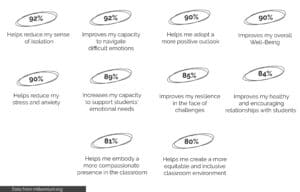
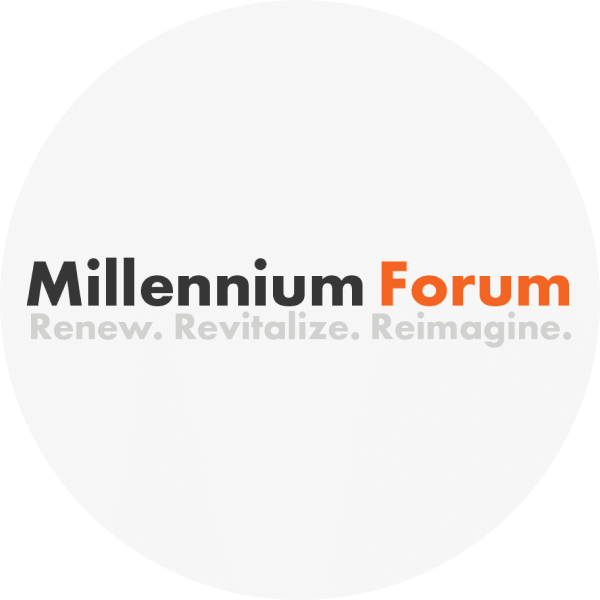
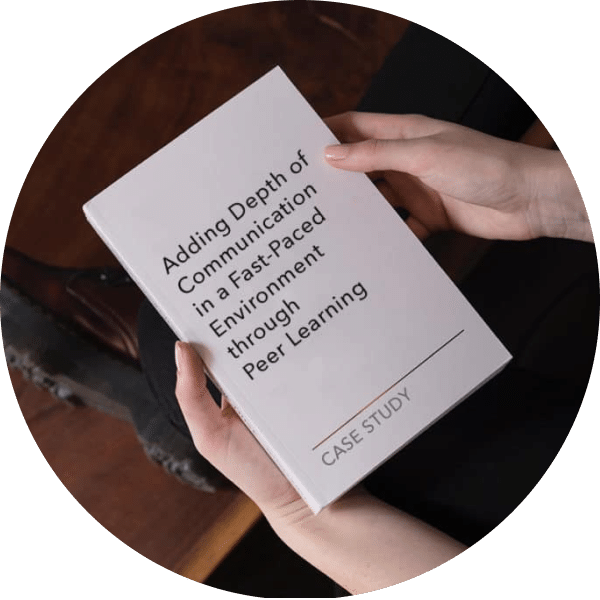
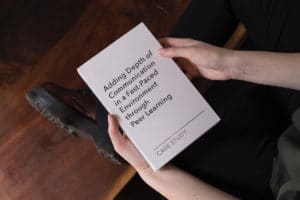
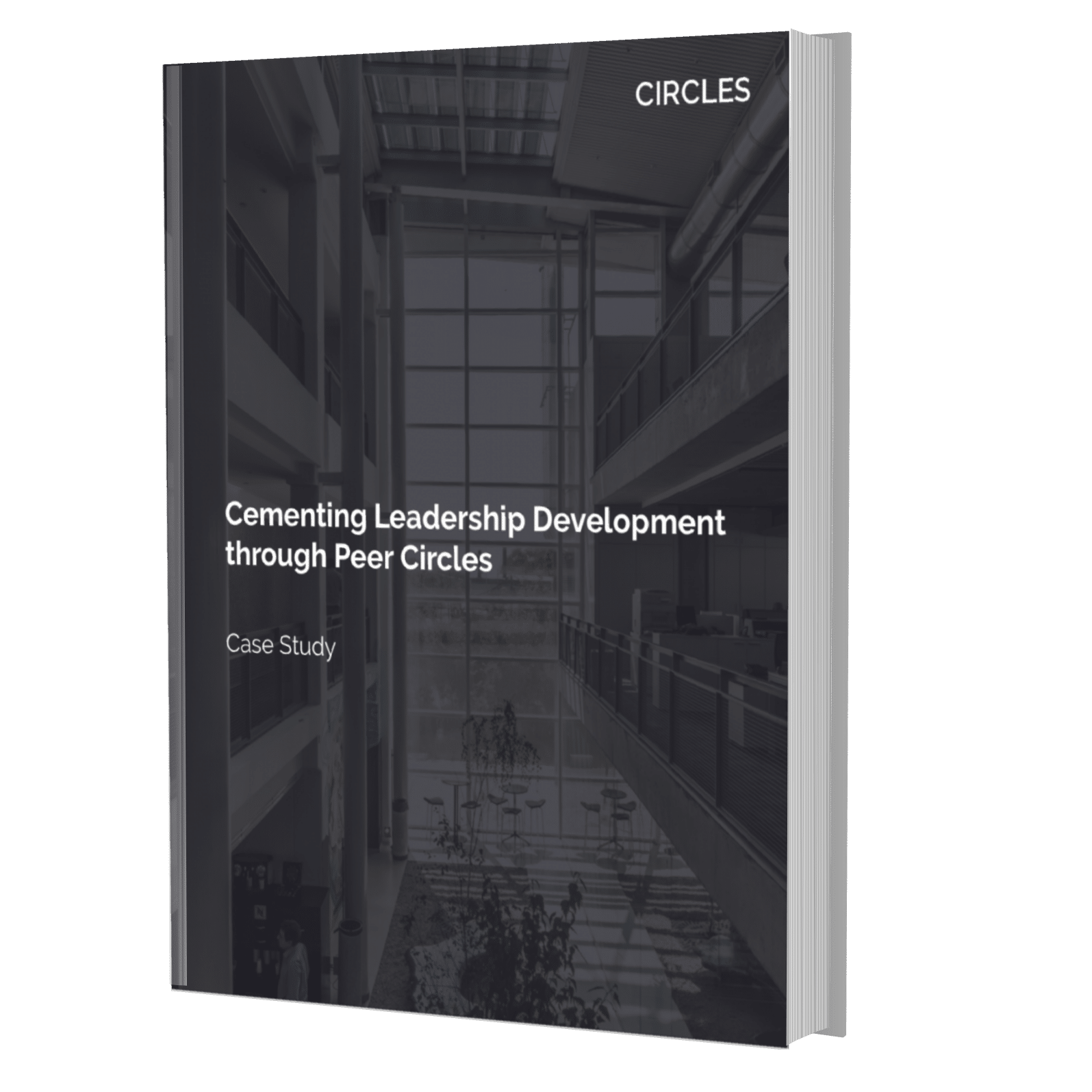

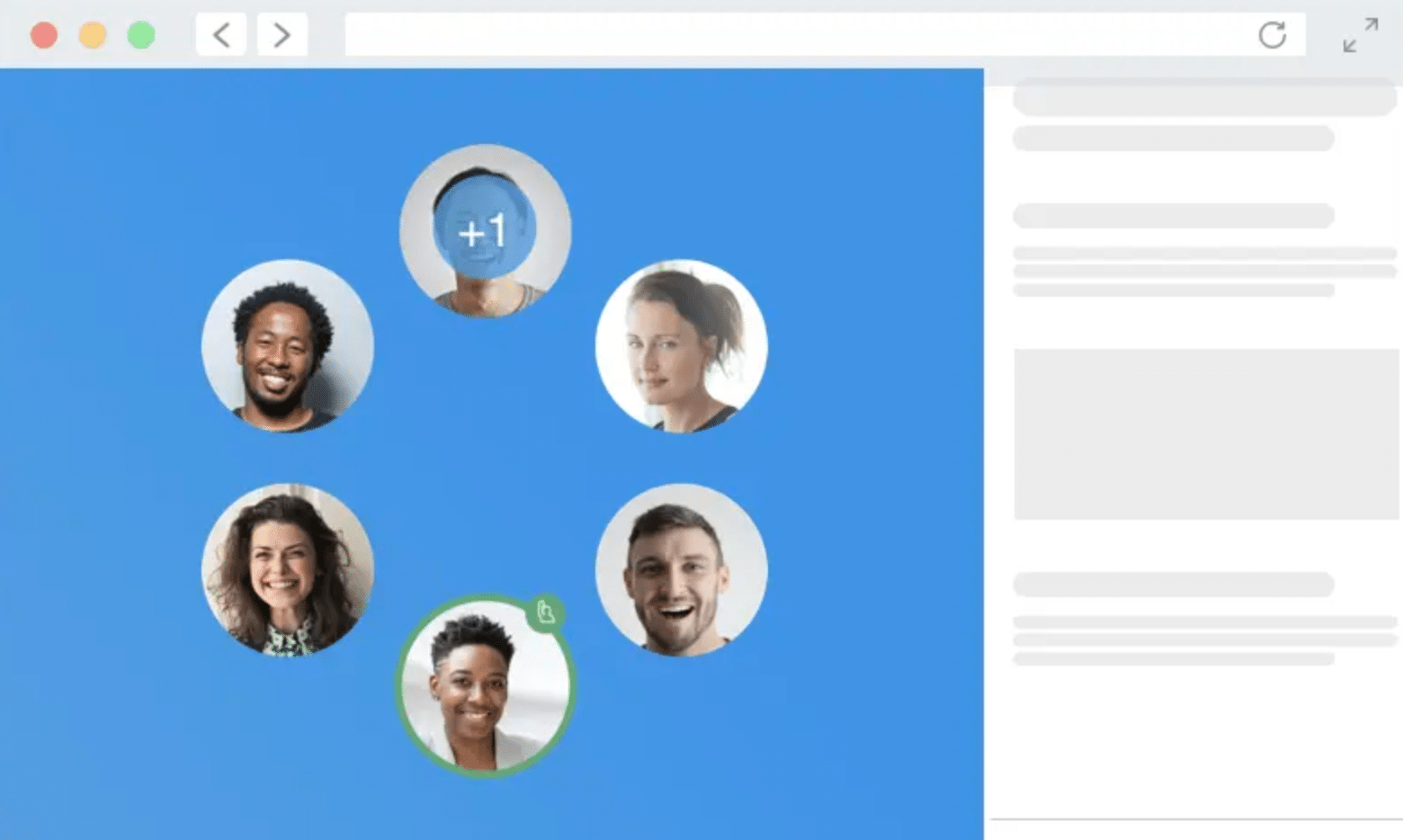

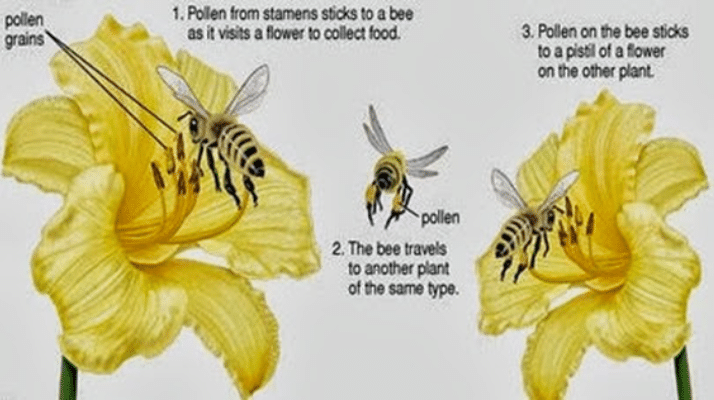




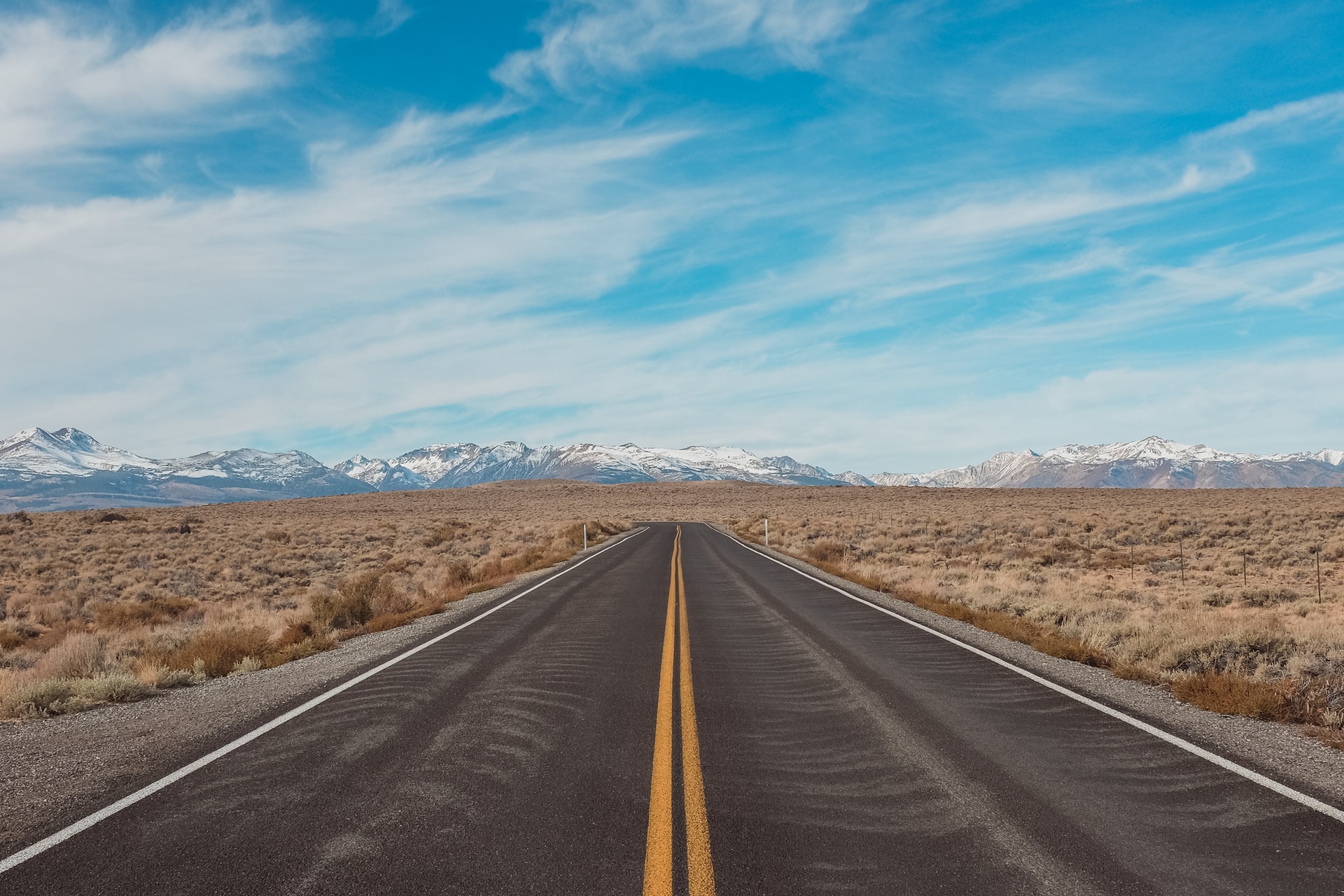
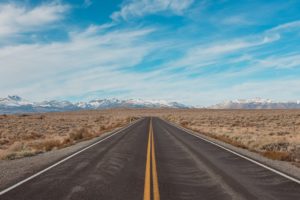 The road ahead
The road ahead
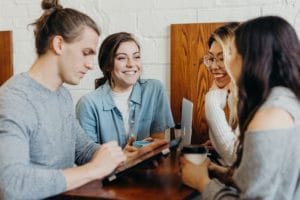 What feeling do meetings transmit in your workplace? Sadly, when we ask a colleague how the day’s meeting went, we’re so often met with an apprehensive shrug or a sigh. Meetings just .. happen, right?
What feeling do meetings transmit in your workplace? Sadly, when we ask a colleague how the day’s meeting went, we’re so often met with an apprehensive shrug or a sigh. Meetings just .. happen, right?
